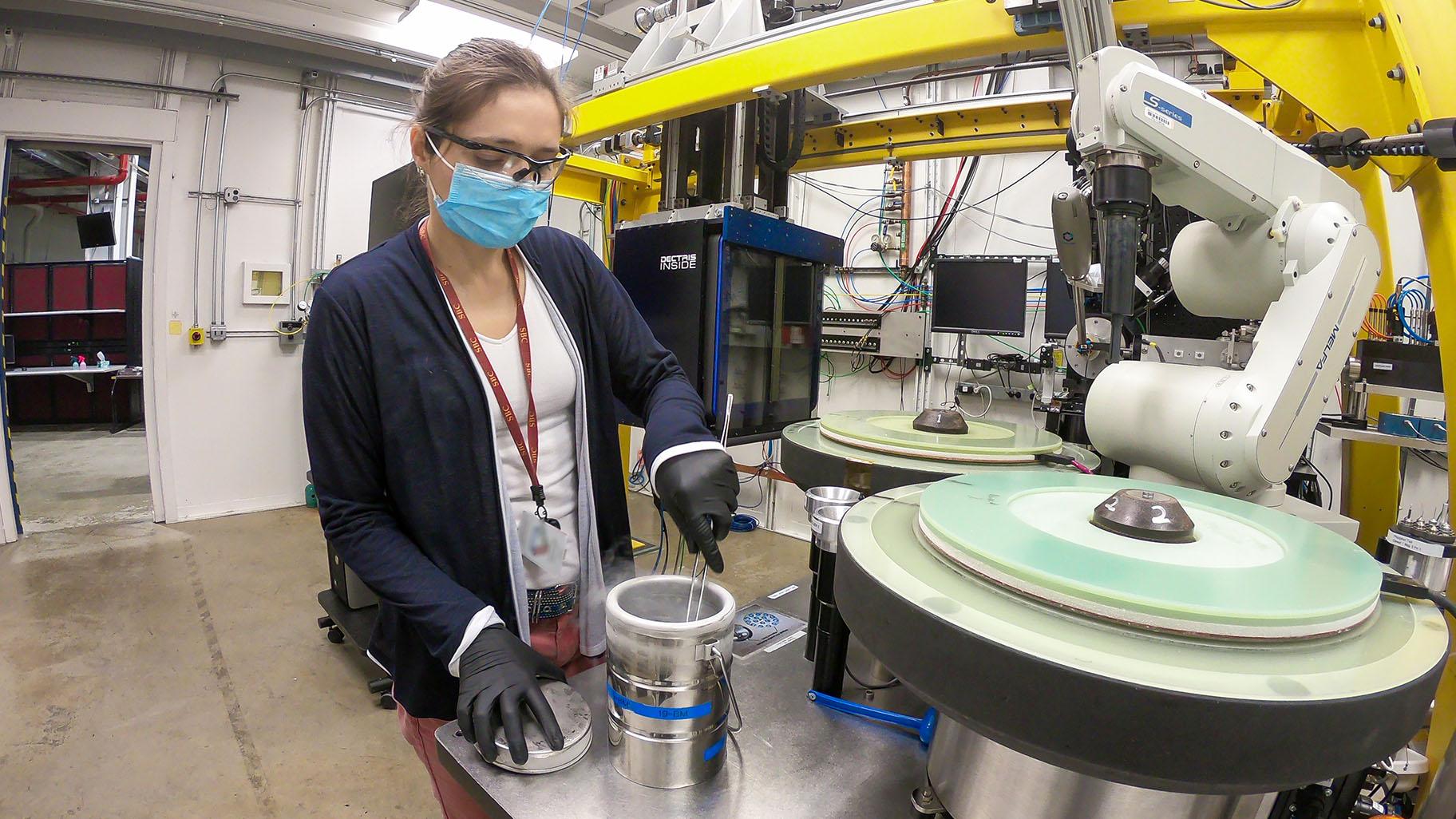
Threatened by solar energy: desert tortoise, three corner milkvetch, and white-margined beardtongue (a flower).Īnd by geothermal energy: Dixie Valley toad, Dixie Valley pyrg, Long Valley speckled dace (a small fish), Steamboat buckwheat, Fish Lake Valley tui chub (another small fish), and bleached sandhill skipper (a butterfly). Threatened by lithium mining, according to Donnelly: Tiehm’s buckwheat, Tecopa bird’s beak (an annual herb), Railroad Valley springfish, Railroad Valley toad, Kings River pyrg (a tiny snail), and Ash Meadows ladies tresses (an orchid). Fish and Wildlife Service (FWS), others not-or not yet. Some are listed as threatened by the U.S.

But he keeps his own informal roster of patients in Nevada.

It’s just more of the same.”Īpologising for a delayed email response, Donnelly says, “I can only explain it by saying that I’m a triage nurse in a desert endangered species emergency room, and we’re in the middle of a patient surge.”ĭonnelly says he hasn’t seen a comprehensive list of all the species at risk from developing renewables. “We’re moving our climate problem onto our biodiversity crisis. “We’re going to do what we’ve always done with our environmental problems, push one on to the other,” says Dustin Mulvaney, a professor of environmental studies at San José State University and author of the book Solar Power.
Argonne national laboratory jobs full#
Now some conservationists see history repeating itself in the desert’s largely untouched valleys full of sunshine, lithium-rich soils, and geothermal hot spots. Historically, wetlands and grasslands were long treated as valueless swamps were drained for development, and prairies plowed to plant crops. The result is what some activists describe as a renewable energy land rush putting rare species and untouched desert ecosystems at risk. By 2030, Nevada plans to get half its electricity from renewable energy, in line with the Biden Administration’s goal to decarbonize the economy completely by 2050. In the past decade, solar- and wind-powered electricity generation has quadrupled in the U.S.- and that’s just the beginning of what experts say we need to do to transition away from fossil fuels and avoid the worst impacts of climate change. Mining isn’t the only way the renewable energy revolution is affecting landscapes, in the desert and elsewhere. He and some other conservationists see the flower and the mine as emblematic of a broad and disturbing trend: There is a growing conflict, they say, between efforts to address two environmental crises-a rapidly warming climate on the one hand, and a staggering rise in extinction on the other. “One guy on a bulldozer could drive it extinct in one afternoon,” says Patrick Donnelly, the Great Basin Director for the Center for Biological Diversity and one of the flower’s biggest advocates. It grows only on approximately 10 acres of land at Rhyolite Ridge in southwestern Nevada-right where one of the new lithium mines is planned.

Demand is soaring, and mining companies are eager to take it out of the ground at several new sites in Nevada, already home to the only existing lithium mine in the U.S.īut Tiehm’s buckwheat is rarer than lithium. Lithium is needed to make the high-powered batteries that are helping the world transition to electric vehicles. To fight climate change, cleaner energy sources are desperately needed, but some experts say more should be done to keep untouched desert ecosystems intact.Ī small Nevada wildflower named Tiehm’s buckwheat might still be living in obscurity if it had not happened to grow in soil full of lithium.


 0 kommentar(er)
0 kommentar(er)
